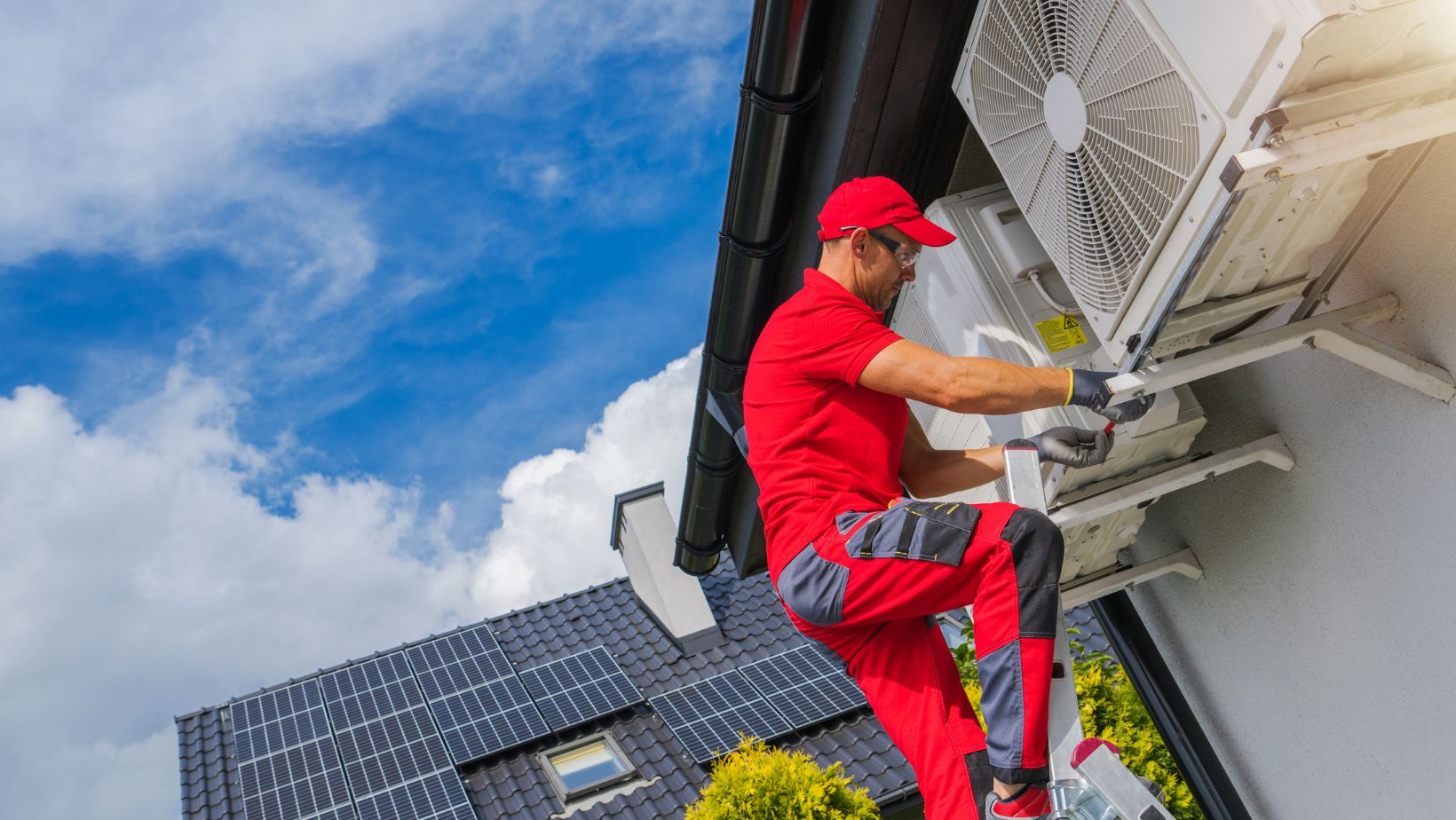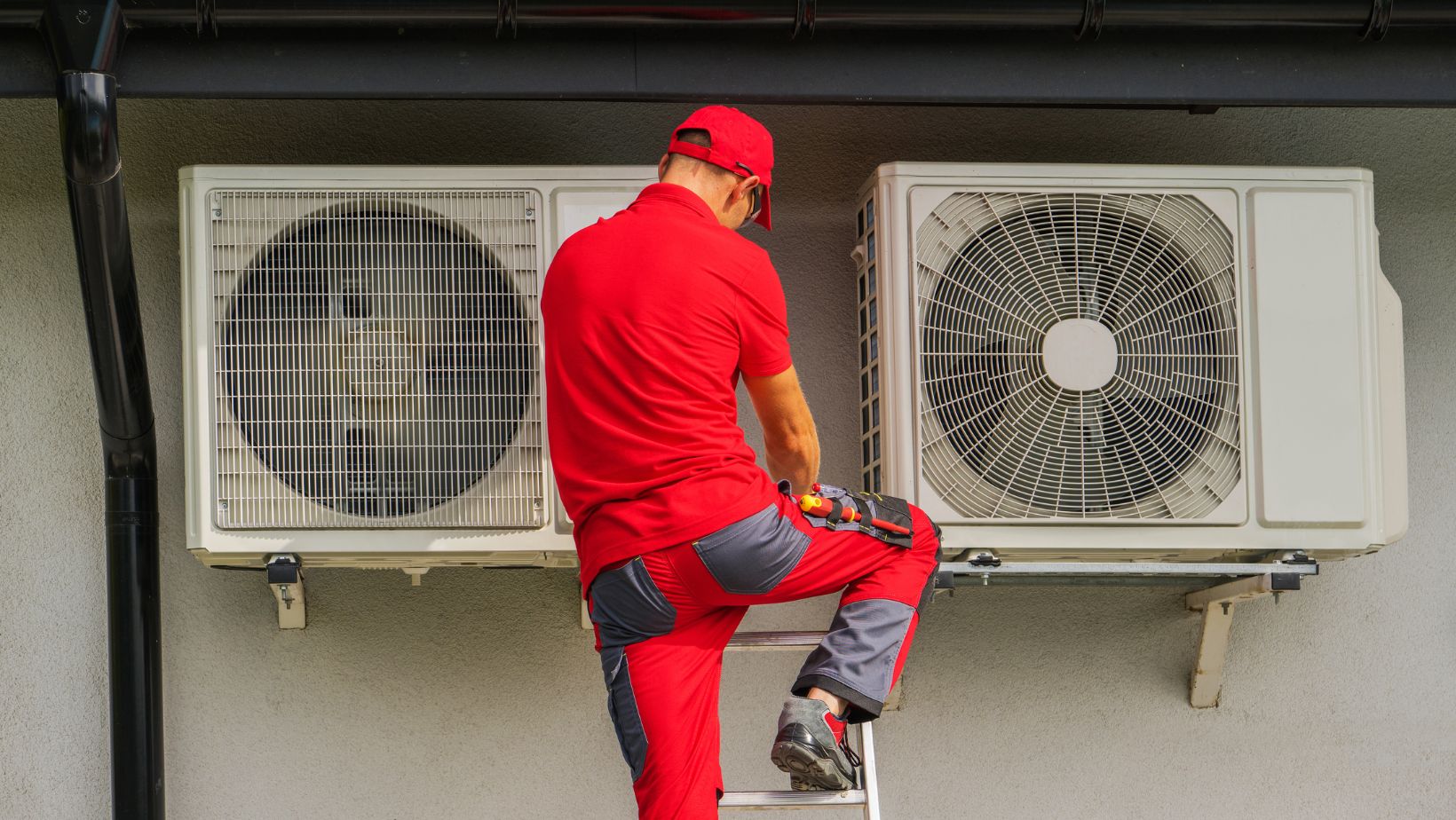
As homeowners, the decision to replace your heat pump is a significant one, impacting not just your daily comfort but also your long-term energy costs and environmental footprint. Heat pumps have evolved remarkably over the years, becoming more efficient, reliable, and feature-rich.
This evolution means that upgrading your old unit can lead to substantial benefits, ranging from lower utility bills to a reduced carbon footprint. But with a myriad of options available, how do you choose the right heat pump that aligns with your budget, needs, and values?
Whether you’re replacing an outdated model or seeking to enhance your home’s energy efficiency, this article will serve as your roadmap to finding a heat pump that not only meets your heating and cooling needs but also aligns with your commitment to sustainability and smart home technology.
Understanding Heat Pump Efficiency
A key aspect in selecting your next heat pump is understanding its efficiency ratings, primarily the Seasonal Energy Efficiency Ratio (SEER) and Heating Seasonal Performance Factor (HSPF). These ratings are crucial indicators of the unit’s energy consumption and cost-effectiveness.
A higher SEER rating means better cooling efficiency, while a higher HSPF rating indicates more efficient heating. Opting for a heat pump with higher ratings can lead to significant energy savings.
However, it’s essential to balance these ratings with your specific climate needs and budget constraints. In general, a heat pump with a SEER rating of 15 or above and an HSPF of 8 or higher is considered energy-efficient, providing long-term savings on utility bills while maintaining optimal home comfort.
Sizing Your Heat Pump Correctly
Choosing the right size for your heat pump is critical for achieving maximum efficiency and comfort. A unit that’s too large will cycle on and off frequently, leading to increased wear and tear, while one that’s too small may struggle to maintain the desired temperature, especially during extreme weather.
To determine the ideal size, a professional assessment of your home is recommended. Factors like square footage, ceiling height, insulation quality, and even window types play a significant role in sizing.
Remember, bigger isn’t always better. The goal is to find a heat pump that’s just the right size for your specific needs, balancing efficiency with performance.
Type of Heat Pump
When selecting a heat pump, understanding the different types available is crucial to making an informed decision.
- Air-Source Heat Pumps: These are the most widely used and are typically the most cost-effective for residential heating and cooling. They work by transferring heat between your house and the outside air. Modern air-source heat pumps are highly efficient, even in colder climates, and can reduce electricity use for heating by approximately 50% compared to electric resistance heating.

- Ground-Source Heat Pumps: Also known as geothermal heat pumps, they leverage the constant temperature of the earth as the exchange medium instead of the outside air. While more expensive to install, they can be more efficient, especially in extreme climates, and have lower operational costs over time. They are known for their durability, often lasting longer than air-source pumps.
- Hybrid Systems: These combine the features of air-source and geothermal systems, automatically selecting the most energy-efficient mode based on outside temperatures. They are an excellent choice for regions with significant temperature fluctuations.
Advanced Features and Technologies
Today’s heat pumps come equipped with a range of advanced features that enhance efficiency, comfort, and user experience. Key technologies to consider include:
- Variable Speed Compressors: Unlike traditional fixed-speed compressors, variable speed options adjust their output to match the heating or cooling demand. This results in increased efficiency, extended lifespan of the unit, and consistent indoor temperatures.
- Smart Thermostat Compatibility: Modern heat pumps often integrate with smart thermostats, allowing for automated temperature control, energy usage tracking, and remote operation via smartphones or tablets. This smart integration can lead to more efficient operation and personalized comfort settings.
- Noise Reduction Technology: New models are designed to operate quietly, minimizing the disruptive noise levels commonly associated with older units. This makes them more suitable for installation close to living or sleeping areas.
- Enhanced Air Filtration: Some heat pumps now include advanced air filtration systems, improving indoor air quality by reducing pollutants and allergens.
Cost Considerations
While evaluating heat pumps, it’s important to consider both the initial investment and long-term operational costs. Higher efficiency units may have a higher upfront cost but can offer significant savings in energy bills over time.
When budgeting, factor in installation costs, which can vary depending on the type of heat pump and the complexity of the installation.
Investigate potential financial incentives such as rebates, tax credits, or utility company discounts for installing energy-efficient systems. Balancing upfront costs with long-term energy savings and potential incentives is key to making a cost-effective decision for your heat pump replacement.
Installation and Maintenance
It’s important to hire a qualified professional who can ensure correct sizing and installation, adhering to industry standards and local regulations. Improper installation can lead to inefficiencies, increased wear and tear, and shortened equipment lifespan.
Regular maintenance is essential to keep your heat pump running efficiently. This includes routine checks, cleaning filters, and timely repairs.
Most manufacturers recommend annual servicing to maintain peak performance. Investing in regular maintenance can prevent costly repairs, extend the unit’s life, and ensure it operates at maximum efficiency.
Environmental Impact
Choosing an energy-efficient heat pump is a step towards reducing your environmental footprint. Modern heat pumps are designed to have a lower impact on the environment, primarily by reducing greenhouse gas emissions through decreased energy consumption.

By opting for a high-efficiency heat pump, you not only contribute to energy conservation but also support the broader goal of environmental sustainability. It’s a proactive choice that aligns with eco-conscious living, ensuring that your home comfort doesn’t come at the expense of the planet.
Conclusion
Selecting the right heat pump for your home is a decision that balances many factors, from efficiency and size to cost and environmental impact. By carefully considering these aspects, you can choose a system that not only provides comfort and savings but also aligns with your long-term goals for energy efficiency and sustainability.
Remember, the ideal heat pump is one that meets your specific needs while contributing to a greener, more sustainable future. With the right choice, you can enjoy a comfortable home environment and the peace of mind that comes with making a smart, eco-friendly investment.





